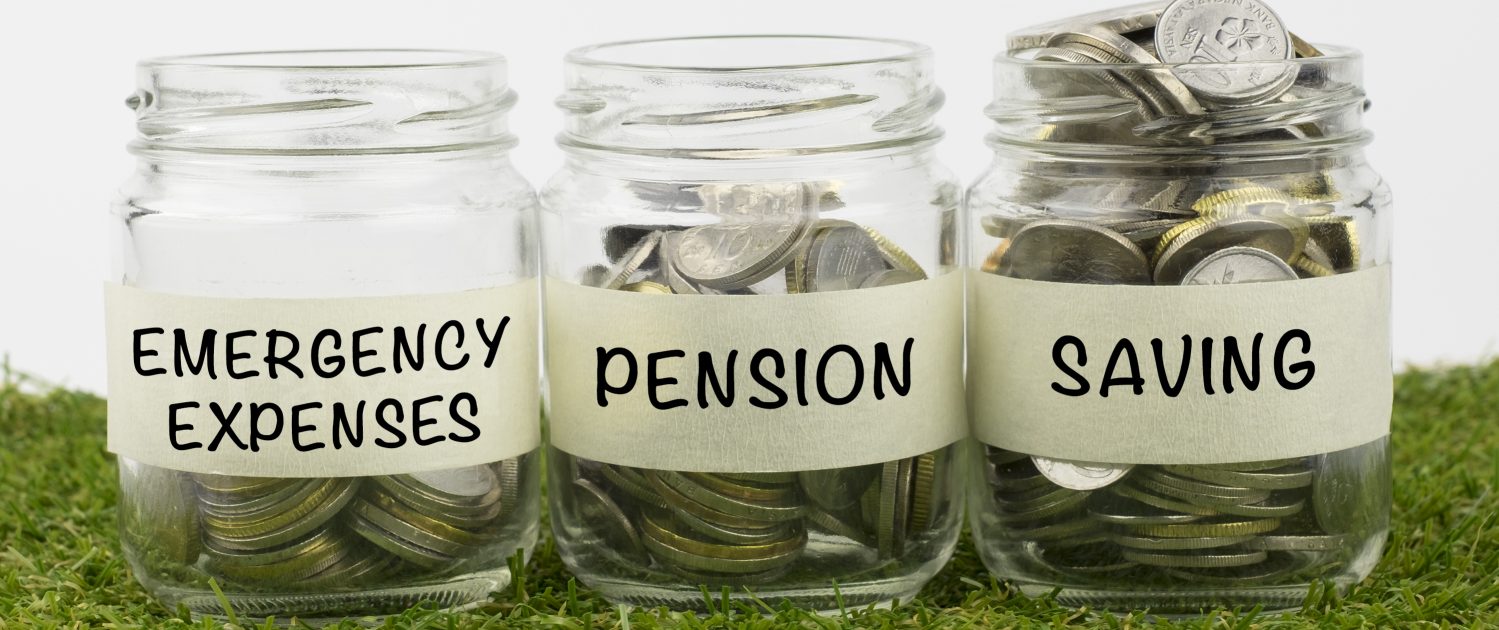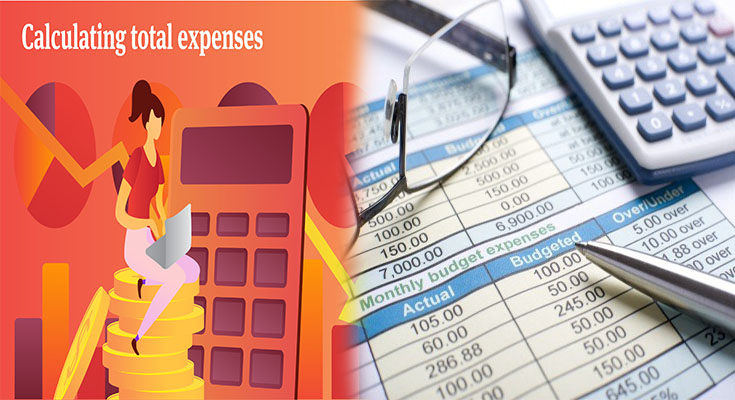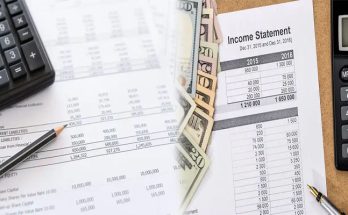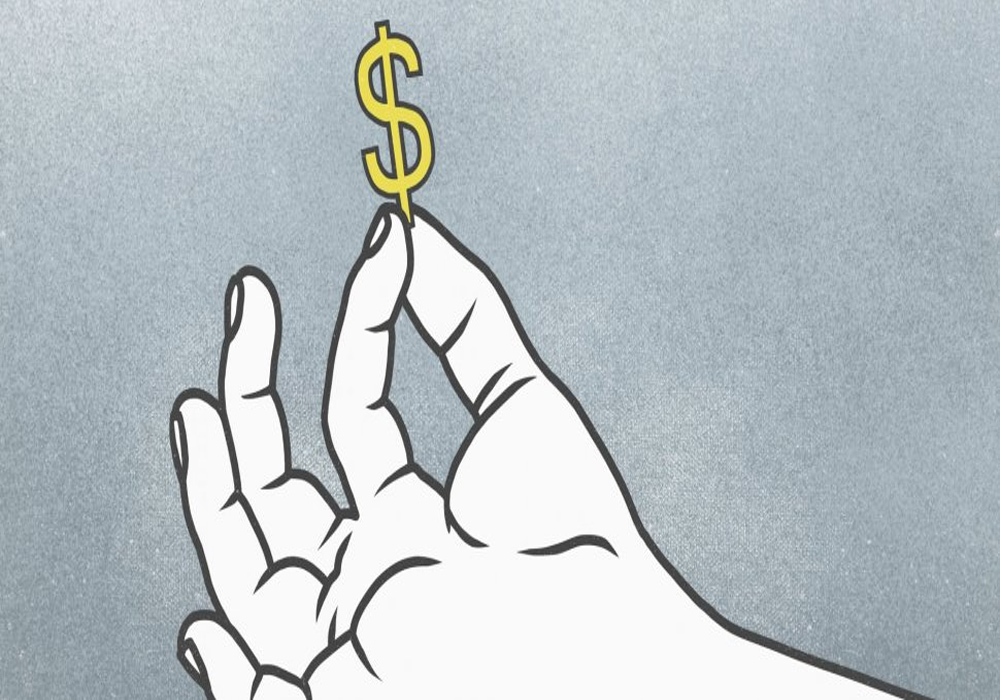Using a total expenses example can help you to understand the costs that you are going to incur for your business. There are three different kinds of expenses that you can keep track of, which include variable costs, fixed costs, and non-operating expenses.
Variable costs for a business include raw materials, shipping expenses, labor that is involved in the production process, and so on
Identifying and tracking variable costs is an important task for small business owners. It can help them budget more effectively, price their products appropriately, and maintain general ledger accounts.
Unlike fixed costs, variable costs are subject to rapid changes. They can change due to changes in production, new suppliers, or even salary increases.
Variable costs are usually listed as line items in a company’s income statement. They are sometimes called unit-level costs, and they can include materials, sales commissions, labor, shipping, and other expenses.
The most expensive variable cost is the cost of raw materials used in producing a product. These materials vary depending on the number of units manufactured.
Fixed costs include the necessary expenses that remain the same each month
Having a good understanding of the differences between fixed and variable costs can help you budget better. It can also help you spot opportunities to save money.
Variable costs are associated with your business’ activity. They change from month to month, and are proportional to your output and sales. This is because they’re directly tied to your daily choices. Some are also influenced by external factors, such as the market price of a product.
The biggest category of expenses are variable costs. These include the cost of goods sold (COGS), labor costs, and expenses associated with operating your business.
Variable costs change with the volume of goods or services that you provide, and they might even increase or decrease depending on the output you produce.
Non-operating expenses are not directly related to the business’s core operations
Often times, businesses make the distinction between a number of different categories of non-operating expenses. They may also have different criteria for determining which expenses fall under which categories. It’s important to understand what non-operating expenses are and how they can affect the performance of your business.
Non-operating expenses are defined as cash outflows not related to the business’s core operations. They can include items like restructuring costs, legal settlements, foreign currency exchange costs, and interest payments.
Non-operating expenses are also commonly referred to as one-time expenses. Typical expenses include salaries for administrative and sales staff, sales commissions, and equipment depreciation. Some companies may also incur one- time restructuring costs, such as laying off employees or selling a building.
Loss occurs when total expenses exceed the revenue
Depending on the particular business, a loss may be in the offing. The most likely causes include low revenues, poor marketing, or a combination of the two. If one of these is the culprit, one might be compelled to ask themselves, what is the company’s strategy to get back on its feet? If that is the case, it is time to start the conversation with a firm understanding of its customer base. If the company is in the early stages of expansion, it might be wise to start a small, low-cost pilot program to gauge customer reaction before jumping in head first. Similarly, if it is time to cut costs, it is best to do so slowly, rather than rashly.
TCO is a total cost of ownership for a server
Whether you’re considering purchasing a new computer, a business office, or a data center, you should know the total cost of ownership. This includes the purchase price and operating expenses that you’ll incur over the life of the asset. You’ll also need to consider the softer costs of change management. This includes training, maintenance, and disaster recovery planning.
If you’re comparing two server options, you may find that one has a good price tag but requires expensive upgrades within a few years. On the other hand, a different server may be less expensive to maintain and operate over the long term.
Total cost of ownership includes not only the purchase price of the asset, but also maintenance, operation, training, and revenue flows. It can also help to predict the life cycle of an asset.





